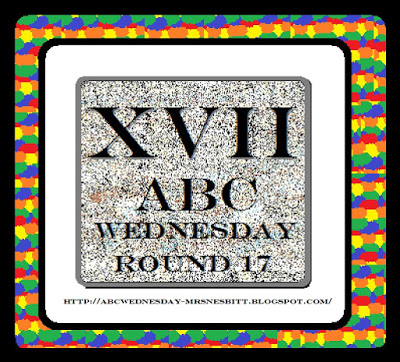The signals up, the engine's steaming and a wave from the 'station'
The little lines run in a quarter mile circuit on an elevated 3.5 and 5" gauge track and various model locomotives pull the 'carriages'.Here is one of the diesels running past the old Furness Railway Signal Box (Devonshire Road) which provides water for the steam engines
and copious cups of tea for the member of the Furness Model Railway volunteers. I'm not sure how long this little railway has been running in the park but the society itself was formed in 1956 and in the 1960s the Devonshire Road Signal Box was still located on the old railway line on the Low Road.
 | ||
| Photo from: http://www.southlakes-uk.co.uk/userrequested.html |
Of course every railway has an engineering shed and the Furness Model Railway is no exception
On a beautifully warm September afternoon the best place to tinker with the rolling stock
is under clear sunny skies
Walking through Barrow Park today all was quiet, the signal was at stop, the signal box locked up (I'm cheating here as I took this photo back in March), the lines were empty but nearby there was still a set hobbyists in place but in this case, model ships rather than trains, and putting their
sailing ships through their paces round the buoys of the park lake for Tuesday is their day.
An entry to ABC Wednesday, a journey through the alphabet, this week sojourning at L here
































